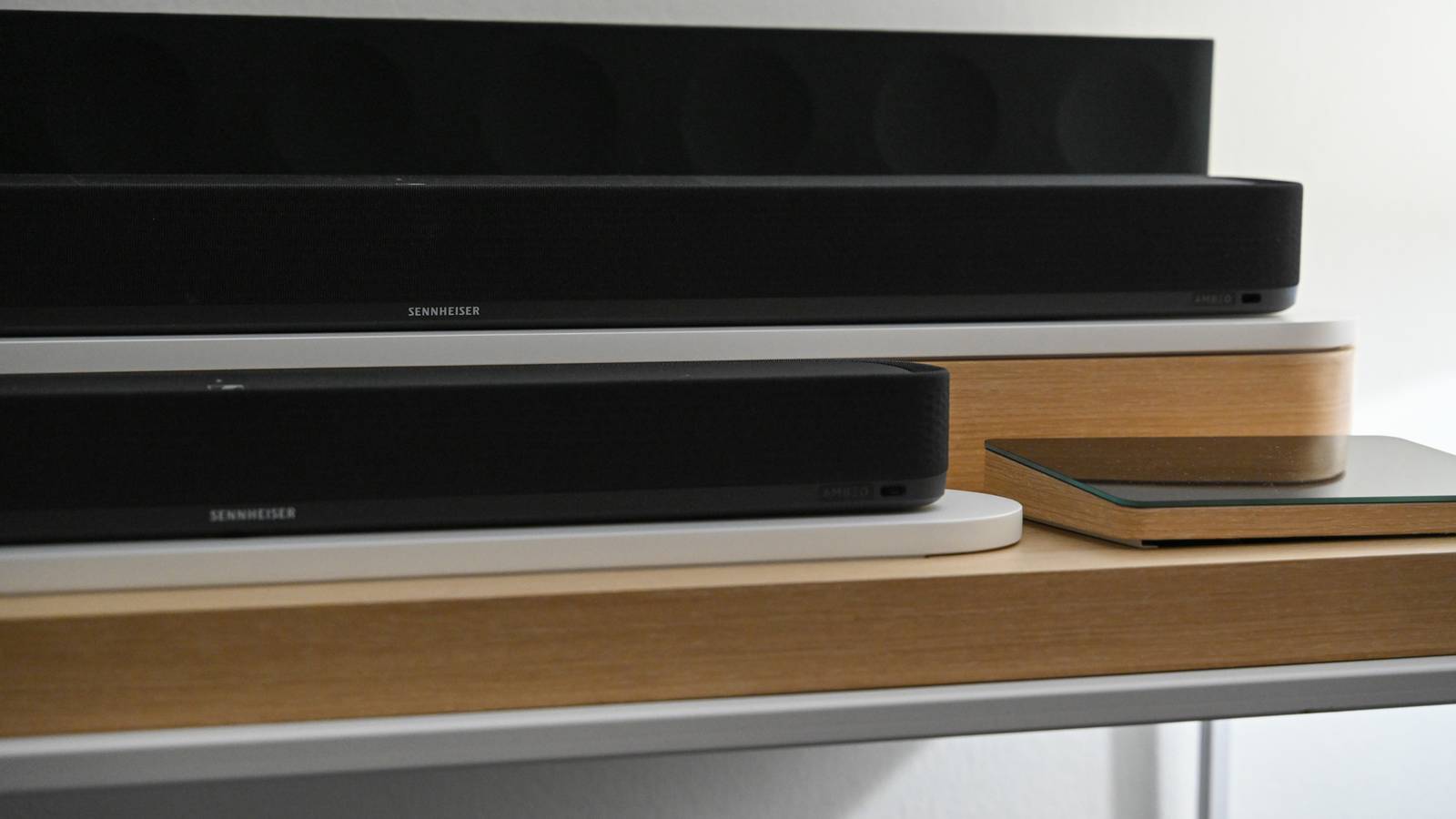Every time I see a flat-panel TV installed without a soundbar, I ask myself, “Why?” They’re sleek, relatively inexpensive, easy to install, and far more powerful than built-in TV speakers. However, while most sound good right out of the box, your soundbar can perform much better with just a few quick adjustments.
While a soundbar will significantly improve the audiovisual experience without the bulk of a full home theater system, with a few simple placement tweaks and some fine-tuning, it’s possible to unlock its full potential. Whether you’re watching movies, gaming, or listening to music, optimizing your soundbar will help you achieve clearer dialogue, deeper bass, and a more immersive soundscape overall.
5
Position your soundbar correctly
Achieve clearer dialogue and a more balanced soundstage
Placement plays an important role in sound quality. If your soundbar is blocked by furniture, positioned too low, or pushed against a wall, it won’t project sound effectively. Ideally, your soundbar should sit at ear level and centered in the room; however, this is often not practical, as your TV should be at eye level.
Placing your soundbar directly below the TV is usually fine, but consider angling it slightly upwards for optimal projection. If you are wall-mounting it, ensure that it doesn’t sit too high above the viewing position. Be aware that placing it inside a cabinet or enclosure can cause muffled audio or distort the bass. Proper positioning enables sound waves to travel freely, resulting in clearer dialogue and enhanced surround sound and spatial audio.
4
Adjust your TV and soundbar settings
Dive into your hidden features for sharper, more customized audio
Most soundbars include some form of audio enhancement, such as sound modes, equalizers, or dialogue enhancement, that should be tweaked to suit your viewing habits and living space. You should also check your TV’s audio output and ensure it’s set to “auto,” “bitstream,” or “passthrough” rather than “PCM” to allow the soundbar to handle the audio processing, rather than your TV.
Changing your soundbar’s preset modes, such as “Movie,” “Music,” and “Game,” can make a significant difference. I often toggle between these if my audio sounds flat, or, if necessary, manually tweak my soundbar’s EQ to boost its clarity. Many models also offer a dedicated voice or dialogue mode that enhances speech, making it easier to follow conversations without needing to increase the volume.
3
Use HDMI ARC or eARC instead of optical
Experience higher-quality sound formats with improved connectivity
It may not be the first solution that comes to mind, but the type of audio connection is a crucial factor in determining sound quality. Optical cables are good enough, but if you really want to optimize your sound quality, consider using HDMI ARC or eARC connectivity. These provide a superior signal path that supports advanced audio formats like Dolby Atmos and DTS:X.
An HDMI ARC or eARC connection ensures that your soundbar receives uncompressed audio from your TV or media device. To achieve the best performance, eARC typically needs to be enabled in your TV’s audio settings. It’s also a good idea to spend a little extra on HDMI cables, and switching to HDMI ARC can make a big difference by unlocking more immersive sound.
2
Add a subwoofer or surround speakers
Create deeper bass and a truly immersive surround experience
Many soundbars, including my own, are sold as part of a package that includes a subwoofer. If yours supports expansion, consider adding one, as this will significantly improve your sound quality by deepening the bass response, making action scenes, low-end atmospherics, and sound effects more dynamic.
Rear speakers, on the other hand, create a true surround sound effect, dramatically improving the immersive experience and giving your home a theater-like feel. While these can be tricky to install, wireless options are available, or you could opt for a soundbar that delivers 3D spatial audio, such as DTS:X, or Dolby Atmos, as a compromise.
1
Reduce interference and room echo
Enjoy cleaner, more natural sound tailored to your room
This last suggestion is often overlooked, but your room’s acoustics significantly affect how soundbars perform. Hard surfaces reflect sound, so placing it close to bare walls, glass tables, and tiled floors can create echoes and muffled dialogue. To counter this, keep your soundbar clear of solid obstructions and place it in proximity to soft furnishings, such as curtains, rugs, or wall hangings.
Some soundbars offer room calibration via a built-in microphone or companion app. In this instance, ensure you run it to tailor the audio output to your living space. If you change the layout of your room or reposition large objects, be sure to recalibrate your device. Reducing interference and improving acoustics are among the most effective ways to enhance your soundbar’s audio quality without incurring additional costs.
Don’t settle for a “good enough” sound
You don’t need to be a technical wizard or make expensive upgrades to significantly improve your soundbar’s performance. It might be as simple as adjusting the audio mode, repositioning the unit, or selecting the correct audio connection. Expanding with a subwoofer and/or satellite speakers can make a real difference to your sound, albeit at a cost. Meanwhile, reducing echo and calibrating your soundbar to your room will ensure that your setup remains optimized.
These steps can transform your soundbar from a “good enough” system to a true sonic powerhouse that will revolutionize your audiovisual experience with added clarity and real immersive impact.

















